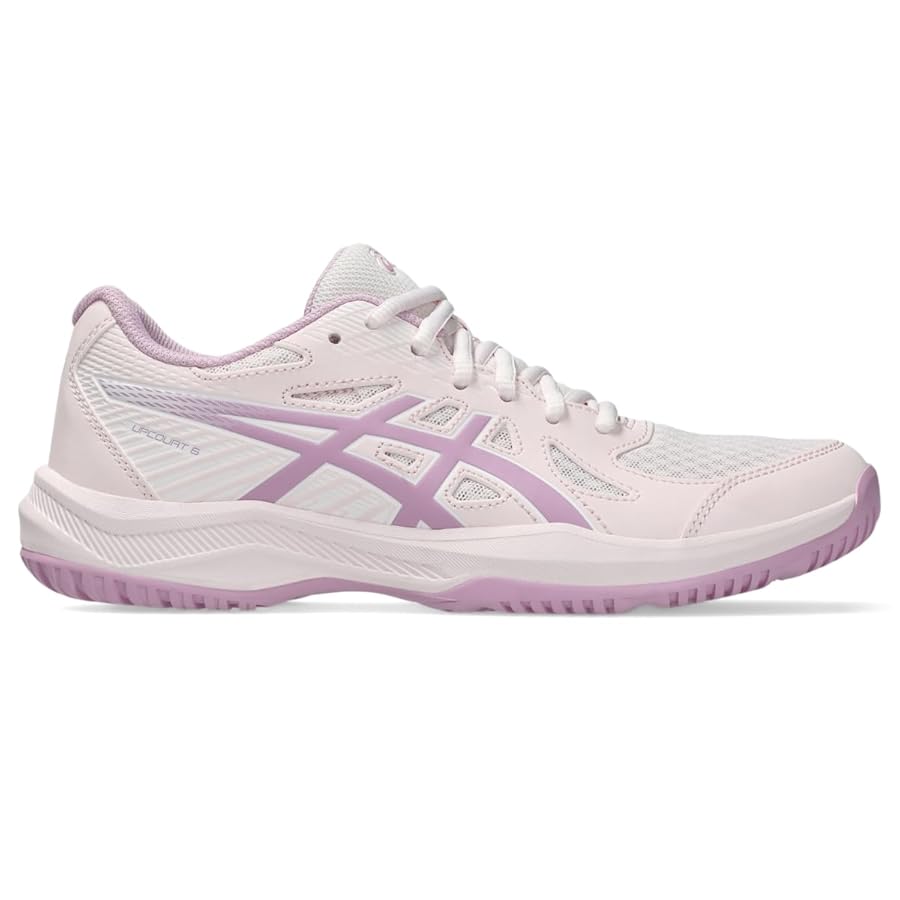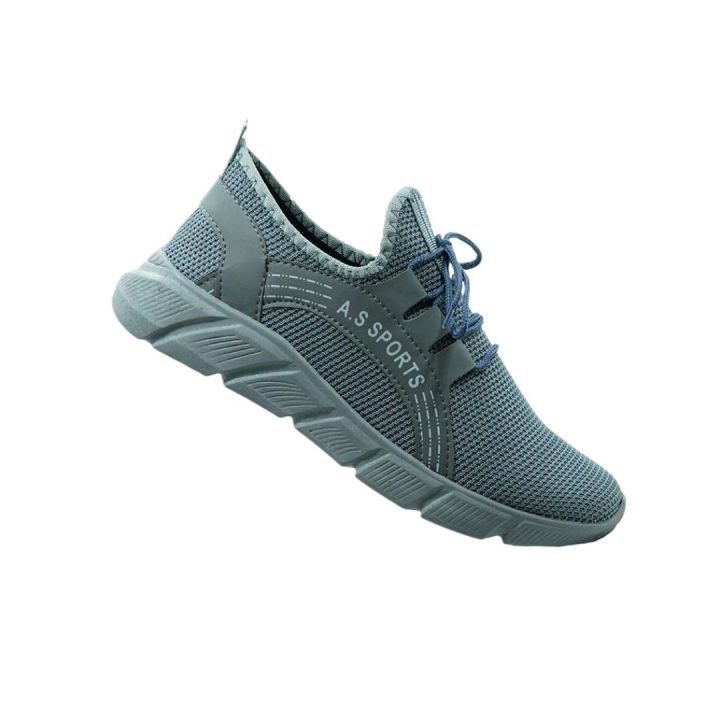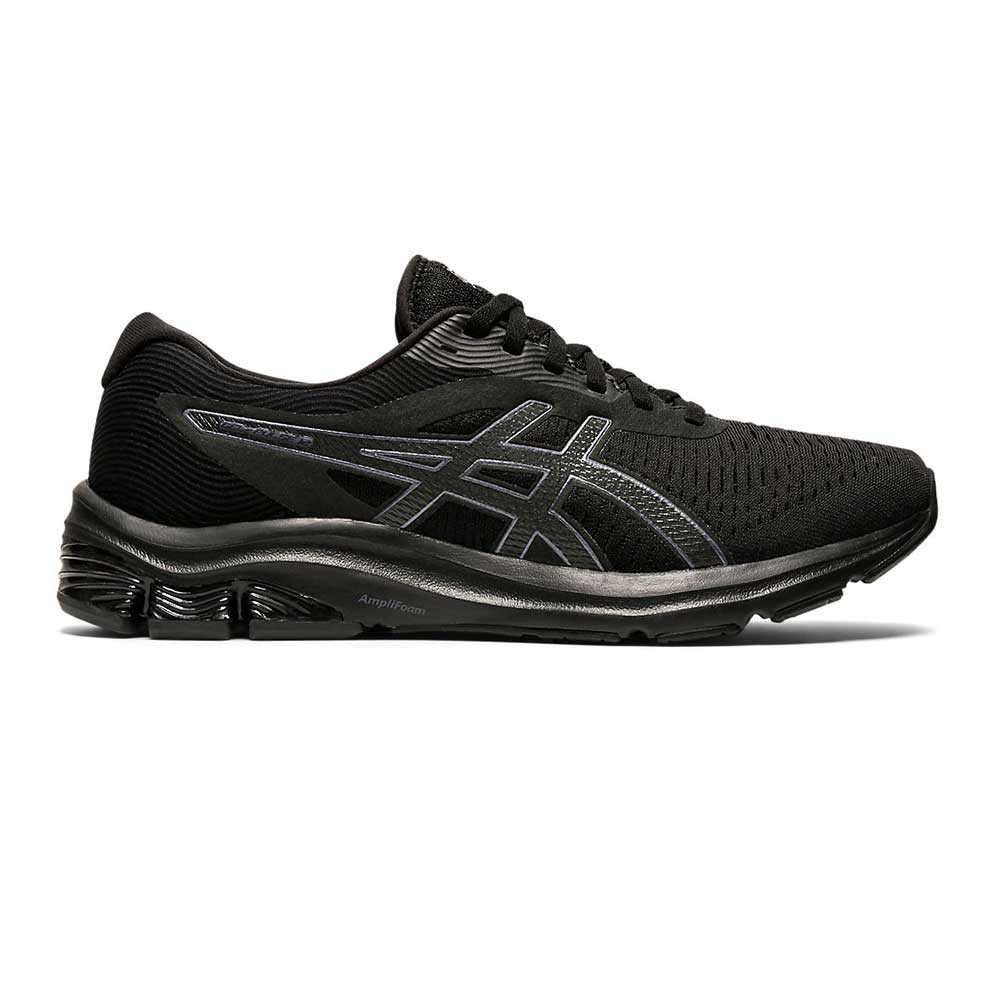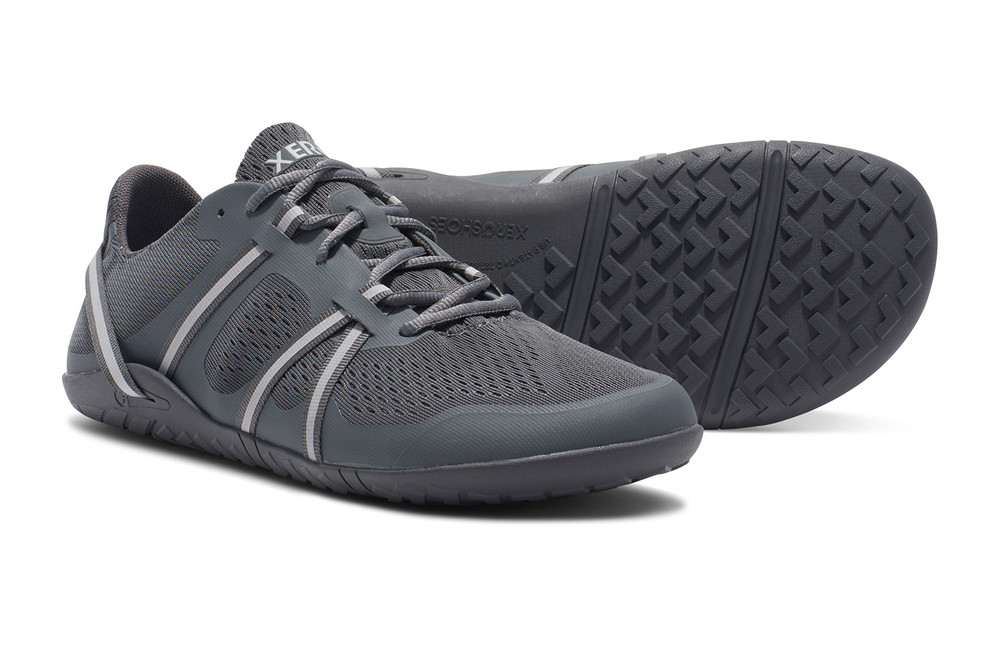Introduction
If you’ve ever played volleyball, you know how much impact your footwear has on your game. The wrong shoes can slow you down, cause discomfort, or even lead to injury. That’s why choosing the right volleyball shoes is crucial for both performance and safety.
In this guide, we’ll explore what makes volleyball shoes different, what features to look for, and which brands players trust the most. Whether you’re a beginner or a pro, the right pair can give you that extra edge on the court.
Why Volleyball Shoes Matter
Unlike running or basketball shoes, volleyball shoes are specifically designed for quick lateral movements, frequent jumps, and sudden stops. Wearing the wrong type of footwear can:
-
Increase the risk of ankle sprains.
-
Cause unnecessary strain on your knees and joints.
-
Reduce traction on indoor courts, making slips more likely.
A good pair of volleyball shoes offers stability, cushioning, and grip—all essential for fast-paced play.
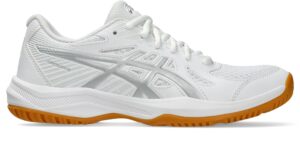
Key Features of Volleyball Shoes
1. Grip & Traction
Most volleyball shoes use gum rubber soles, which provide excellent grip on indoor courts. This prevents slipping during dives or sudden changes in direction.
2. Cushioning & Shock Absorption
Jumping is constant in volleyball, so extra cushioning helps protect your joints. Look for midsoles with EVA foam or gel technology.
3. Lightweight Design
Volleyball shoes are generally lighter than basketball shoes, allowing players to move quickly without feeling weighed down.
4. Breathability
Mesh uppers allow airflow, keeping your feet cool during long matches.
5. Ankle Support
Some players prefer low-top shoes for agility, while others choose mid- or high-tops for more ankle stability.
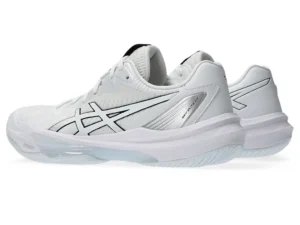
Best Brands for Volleyball Shoes
Several brands are trusted by professionals and recreational players alike:
-
Asics – Known for their Gel-Rocket and Gel-Tactic series.
-
Mizuno – Offers lightweight designs like the Wave Lightning and Wave Momentum.
-
Nike – Stylish, performance-driven models with excellent cushioning.
-
Adidas – Durable options with great grip and support.
Tips for Choosing the Right Volleyball Shoes
-
Know your playing style. Liberos may prefer lightweight, low-top shoes for speed, while hitters may want extra cushioning for jumps.
-
Check the court type. Indoor courts need gum rubber soles; outdoor play requires more durable traction.
-
Replace regularly. Most volleyball shoes last a season or two before cushioning and grip wear down.
-
Try before you buy. Comfort should always come first—your shoes should fit snugly but not too tight.
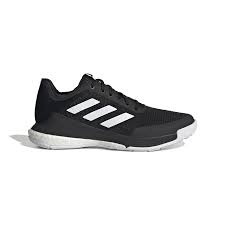
FAQs About Volleyball Shoes
Q1. Can I wear running or basketball shoes for volleyball?
You can, but it’s not ideal. Volleyball shoes provide the lateral support and grip that other shoes lack.
Q2. How long do volleyball shoes last?
With regular use, they typically last 6–12 months, depending on playing frequency and court conditions.
Q3. Do volleyball shoe help prevent injury?
Yes. Proper cushioning and ankle support reduce the risk of sprains and knee strain.
Q4. Are expensive volleyball shoess worth it?
Higher-priced shoes often have better materials and durability, but good mid-range options exist for casual players.
Q5. Should I get low-top or high-top volleyball shoes?
Low-tops are better for agility, while high-tops provide extra ankle support. Choose based on your needs.
Conclusion
The right volleyball shoes can make all the difference in your performance, comfort, and safety on the court. Look for grip, cushioning, and fit when choosing a pair, and don’t forget that your playing style plays a big role too.
Whether you’re aiming for powerful spikes, quick digs, or solid defense, the right shoes will help you stay at the top of your game.

